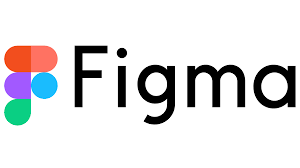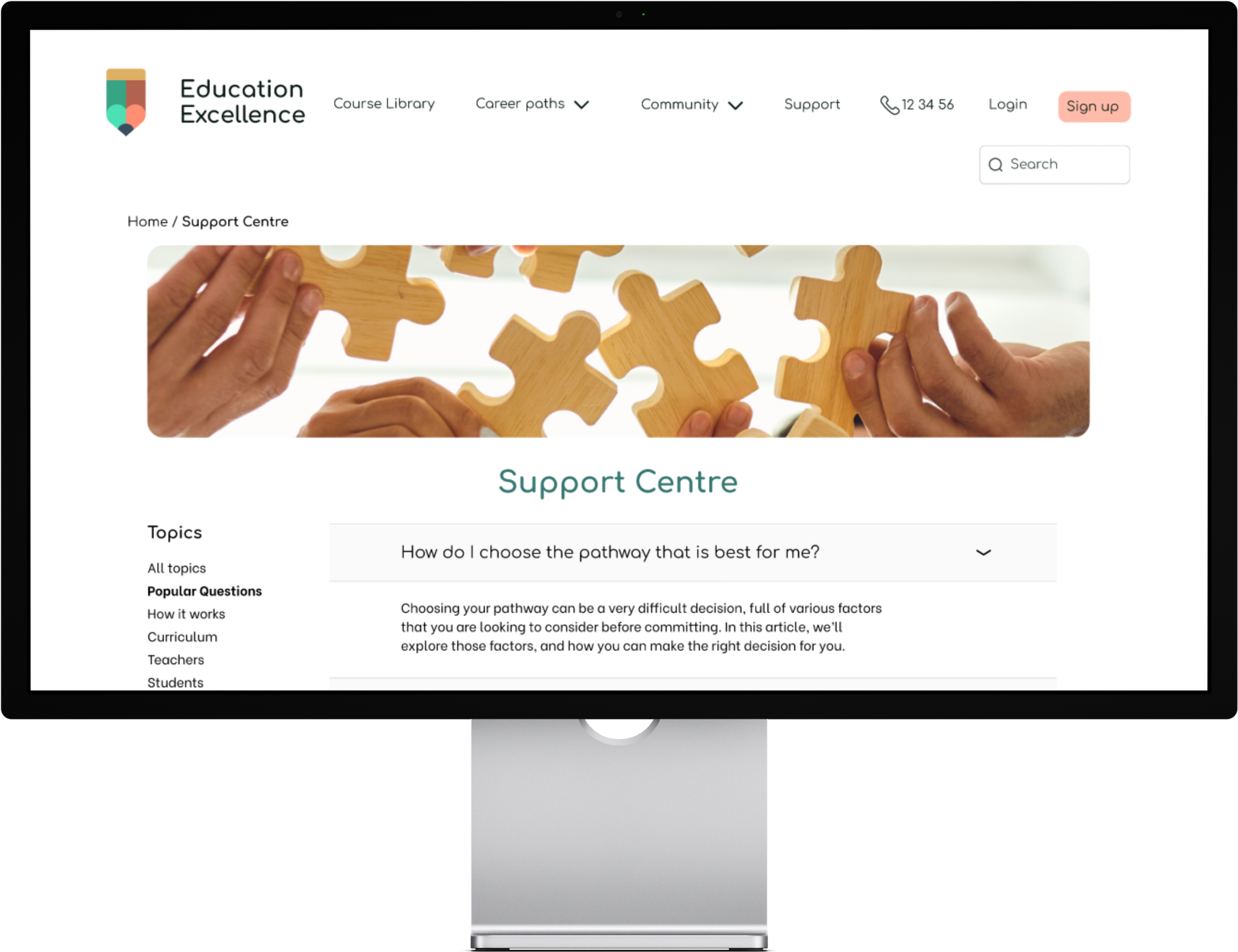Creating flexible learning pathways that empower students to shape the future
A UX and HCD feasibility study exploring how flexible delivery and industry-led ‘taster’ subjects could expand learning pathways in smaller independent schools.

I oversaw the full HCD process—from discovery to concept testing—while managing a student design team through research, synthesis, and prototyping.

How might smaller independent schools offer students greater subject choice and career exposure—without increasing staff load or infrastructure demands—so students feel more empowered in shaping their futures, and schools can strengthen engagement and retention
Understanding the Problem
In the early discovery phase, we spoke with students, parents, and school leaders to understand the constraints shaping subject selection in smaller independent schools. Limited staff and structural barriers often meant fewer subject choices—especially in senior years when alignment with future pathways matters most.
Stakeholder Interviews
Revealed that
Students felt restricted by subject choices,
Schools struggled with staffing and scheduling, and
Parents worried about career pathways, leading some students to seek alternatives outside their school.
Surveys
Confirmed that a significant number of students wanted access to subjects their school didn’t offer, helping to quantify demand and prioritise which types of subjects were most needed.
Jobs to Be Done Framework
Identified three distinct student decision-making archetypes, showing why students choose certain subjects and what factors influence their engagement and career aspirations.
Journey Mapping
Identified key frustration points in the subject selection process, showing that students often made choices based on availability rather than interest, which impacted engagement and, in some cases, retention.

Developing and testing the concept
We developed and tested a flexible subject delivery model that gave students greater ownership of their learning and career direction, while helping schools strengthen engagement and retain enrolments.
Blending online, face-to-face, and hybrid delivery formats, the model featured industry-led taster subjects—short, career-focused experiences designed to gauge student interest and allow schools to trial new offerings with minimal risk.












